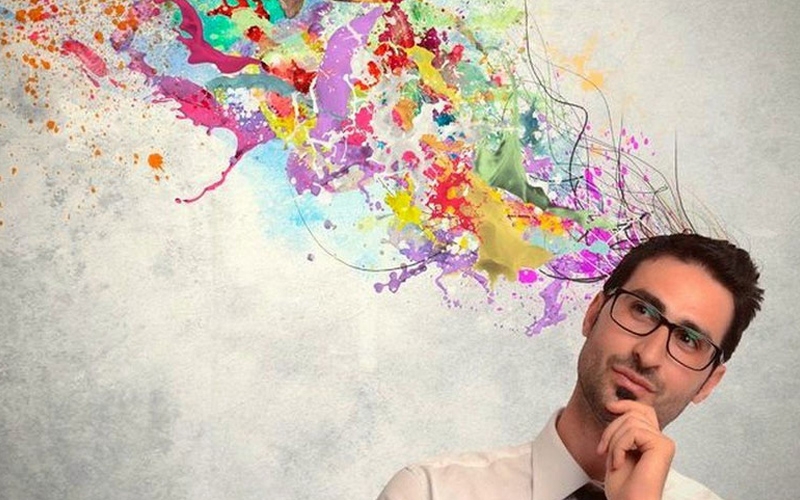Will a website page created in one country be equally attractive to potential customers in other countries? Will site visitors be more likely to buy your products if your site design is close to the design in their region, country or city? Design in different countries. How cultural differences shape trends
The web product must be adapted to the target audience, so all cultural characteristics and trends are reflected in local Internet resources. For example, McDonald’s has a separate website and uses different colors for each country it operates in. The company does not try to create a single brand design. She understands that culture influences the design of websites, influences how people react and how they consume information.
Asian countries
Asia is one of the brightest parts of the world. The culture of Asia is all about bright colors, traditions and values, and the design of Asian countries perfectly reflects this richness and brightness.

Although the design differs from country to country, it still has some common features. Asian trends gravitate towards maximalism. Thus, in Asian web design, you can often see a riot of colors, a lot of information and catchy pictures. For example, Chinese sites feature bright, sometimes acidic colors, and the pictures often look like cartoons. Sites look overloaded. Japanese web design has been heavily influenced by anime culture.
In addition, clear signs, strong visual signs, stamps and logos are used in Asian countries.
However, some sites may show quite the opposite picture. They can have a simple design with a predominance of light colors and an emphasis on the main elements.
Japan has much lower individualism scores than the United States. This suggests that web content in Japan should focus more on community and relationships rather than showing photos of individuals. The Japanese do not like to stand out from the crowd and often put the needs of society above personal preferences.
Europe
European modern culture highly values professionalism and this is emphasized in web design. Stylish minimalism is still at the peak of popularity. Minimalist austerity is often diluted with bright color elements or headings. The most striking feature of European web design is interactivity, such as loading effects.
European web design provides clear and concise information that quickly helps users understand what they can get from the site. To do this, almost all sites have a clear structure, which makes the use of the site intuitive.
Most clients want to follow European standards when creating their sites, and this requires a high level of developer experience.
It is easy to assume that the two neighboring countries are culturally similar, and in many ways this is true. But when it comes to design, understanding the differences between cultures (even if they are geographically close) is essential to creating a product.
America
America is a very individualistic society and users in the US usually know why they come to the site. US sites are more likely to display testimonials and photos of customers or products and links to company social media. The main condition is that the site should be minimalistic and concise. But, unlike Europe, Americans prefer calmer colors.
For example, when Mozilla Firefox created localized landing pages for countries around the world, they were referring to cultural differences. The American site is minimal and clean, with one clear CTA (call to action), while the Chinese version has significantly more content: banners, news, and ads filling all available space.

What to do with this information?
Culture deeply influences how users interact with apps and websites. Even seemingly common things like icons or images matter.
By focusing exclusively on technology and code, we largely ignore cultural differences and idiosyncrasies. We need to start using cultural inquiries in projects to tailor content for different groups of people.
Colors mean different things to different cultures.
In 1999, American scientists identified how people from eight countries perceive different colors. The analysis allowed the researchers to create a color spectrum of values with red at one end and a blue-green-white cluster at the other. Red is associated with hot/bright, and the spectrum gradually shifts towards calm/gentle/peace, which is associated with a blue-green-white cluster.
